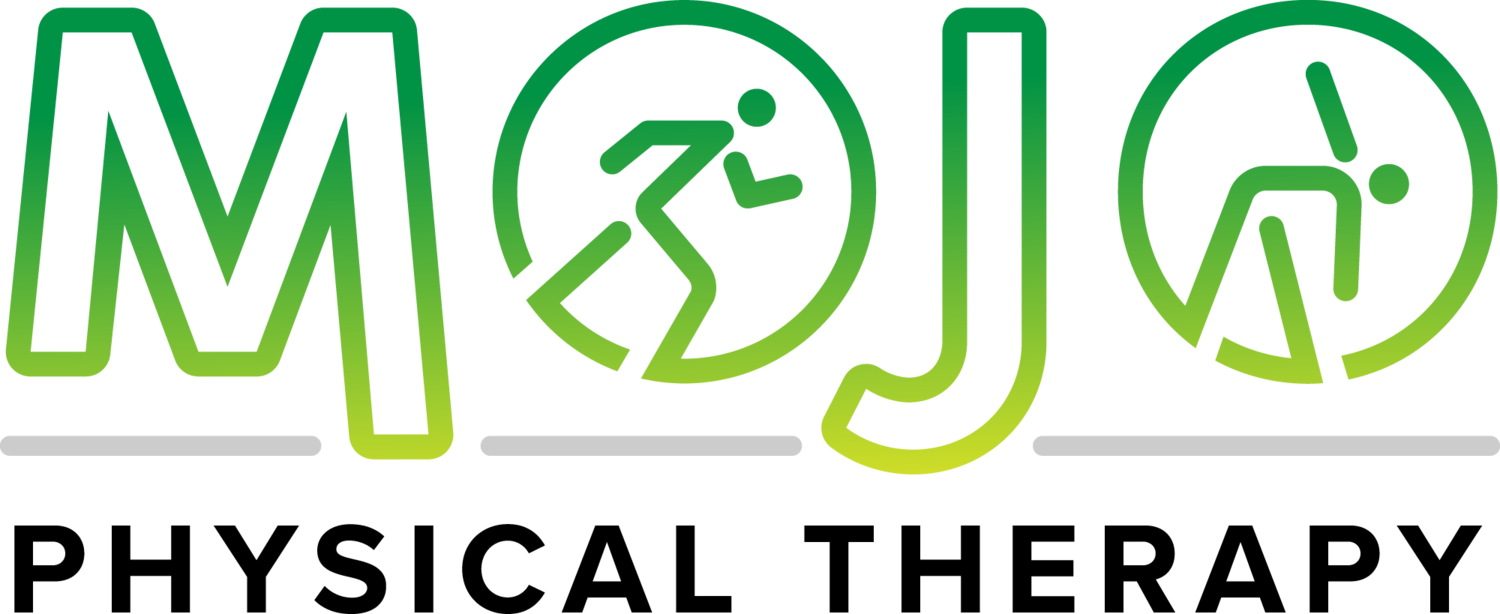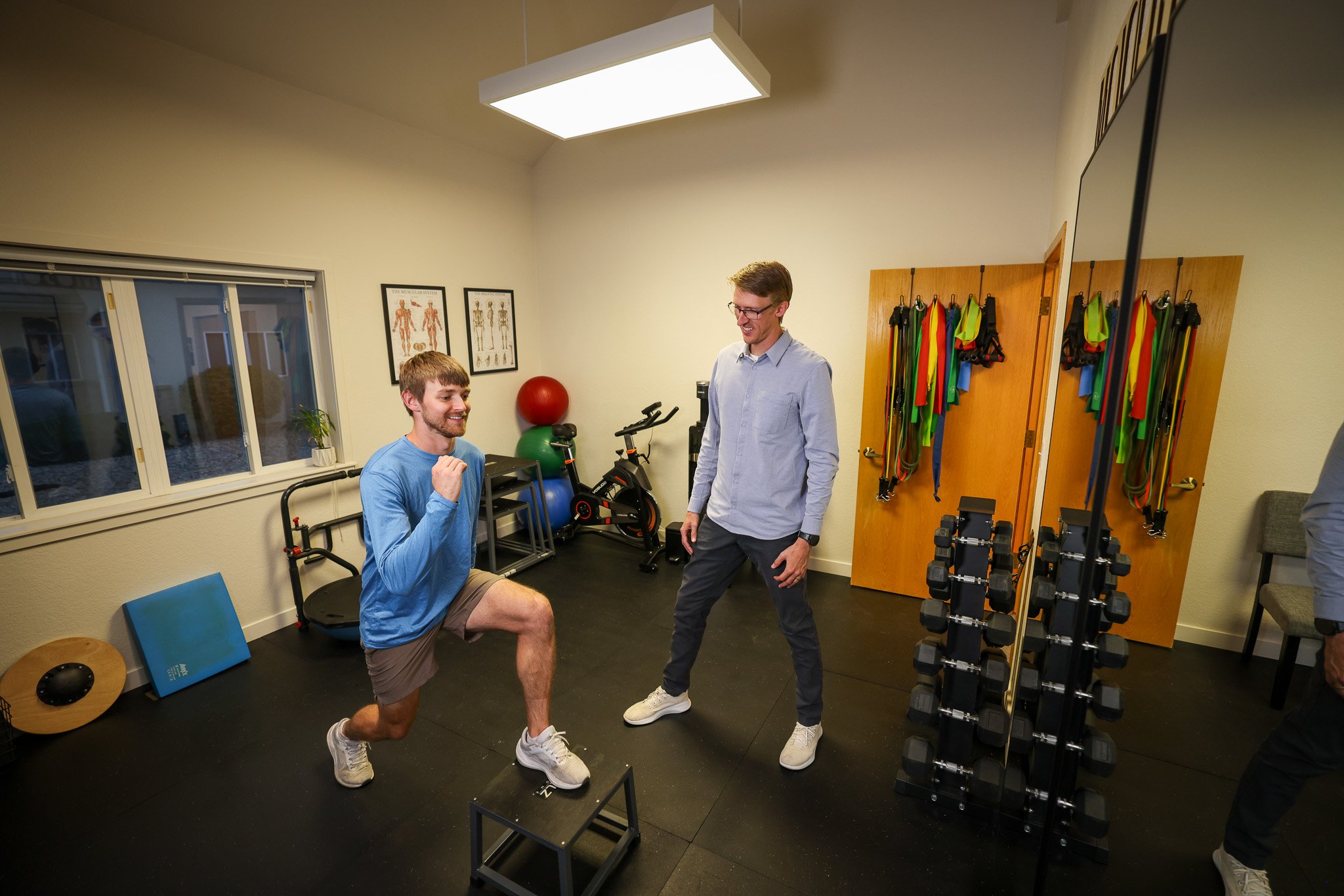Understanding Runner's Knee and Other Common Running Injuries
Running is a fantastic way to stay fit and enjoy the outdoors, but it can also come with its fair share of injuries. Among these, runner's knee is one of the most prevalent. In this blog, we’ll dive into what runner's knee is, its symptoms, causes, and treatment, along with other common running injuries and how to prevent them.
What is Runner’s Knee?
Runner's knee, medically known as patellofemoral pain syndrome (PFPS), is characterized by pain around the kneecap. It often results from overuse or misalignment, leading to discomfort during or after running.
Symptoms of Runner’s Knee
Pain around or behind the kneecap, particularly during activities like running, squatting, or climbing stairs.
A popping or grinding sensation in the knee.
Swelling in the knee joint.
Causes
Overuse: Increased mileage or intensity too quickly.
Biomechanical issues: Flat feet, high arches, or improper running form can contribute to knee pain.
Weakness or imbalance: Weakness in the quadriceps, hamstrings, or hips may lead to improper knee alignment.
Treatment
Physical Therapy: Strengthening exercises for the hips, quads, and core can improve stability and alignment.
Footwear: Invest in good running shoes that fit well and support your style of running.
Gradual Return: Once pain subsides, gradually reintroduce running, starting with shorter distances.
Other Common Running Injuries
While runner's knee is prevalent, several other injuries often affect runners. Here’s a brief overview of a few:
1. IT Band Syndrome
Symptoms: Pain on the outside of the knee, thigh, or hip, especially during long runs.
Common Causes: Tightness in the iliotibial band, often from overuse, inadequate stretching, and weakness in the hip muscles.
2. Achilles Tendinitis
Symptoms: Pain and stiffness in the Achilles tendon, especially in the morning or after activity.
Common Causes: Overuse, tight calf muscles, or running on an incline.
3. Shin Splints
Symptoms: Pain along the shin bone (tibia), often after increased activity.
Common Causes: Overuse, improper footwear, or running on hard surfaces.
4. Plantar Fasciitis
Symptoms: Heel pain, particularly first thing in the morning or after prolonged sitting.
Common Causes: Overuse, flat feet, or inadequate arch support.
Prevention Tips
Preventing injuries is crucial for any runner. Here are some strategies to keep you on the road:
Listen to Your Body: Pay attention to pain signals and adjust your training accordingly.
Gradual Progression: Increase your mileage or intensity slowly—typically no more than 10% per week.
Cross-Train: Incorporate strength training of upper body, lower body, and core. You can also supplement low-impact activities like cycling or swimming.
Warm-Up and Cool Down: Always include a proper warm-up before runs and cool down afterward to reduce the risk of injury.
Benefits of PT for Running Related Injuries
If you are experiencing lingering pain or discomfort while running, physical therapy may be beneficial. At Mojo PT, we are committed to identifying the root cause of your issues through comprehensive running and walking gait analysis, full-body evaluations, and collaborative goal-setting. Whether you are a first-time runner or training for your next marathon, our team has extensive experience working with athletes at all levels.


